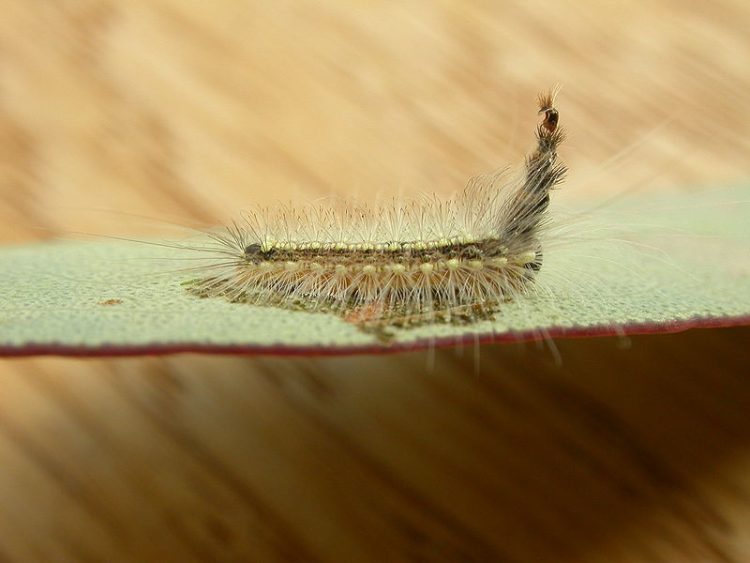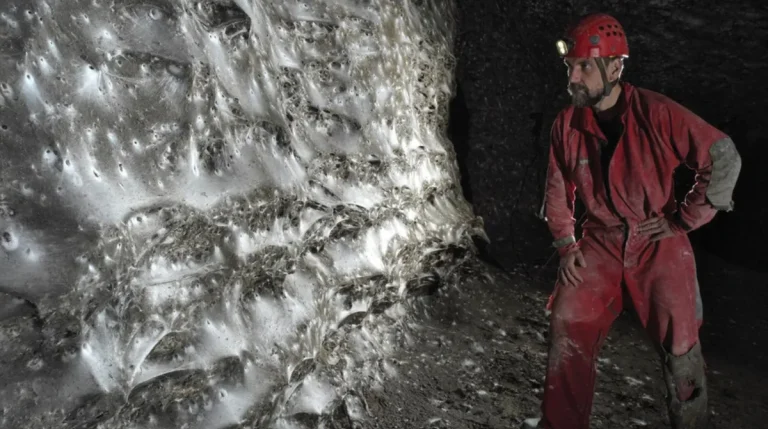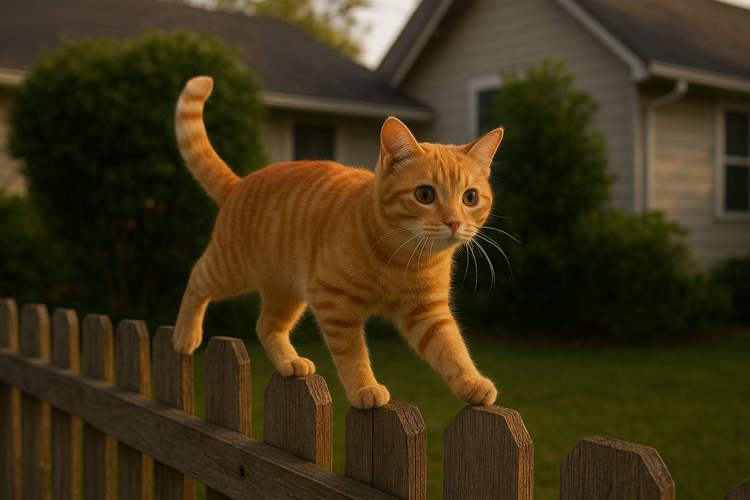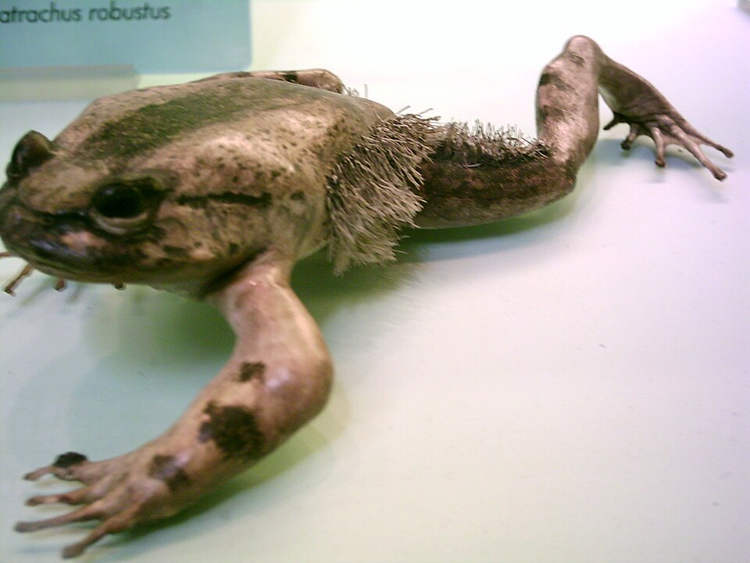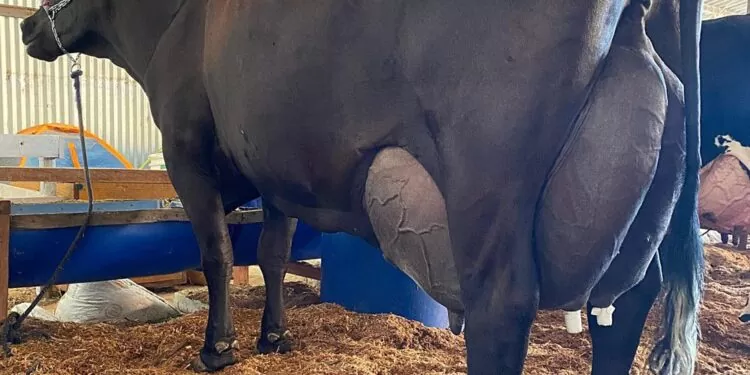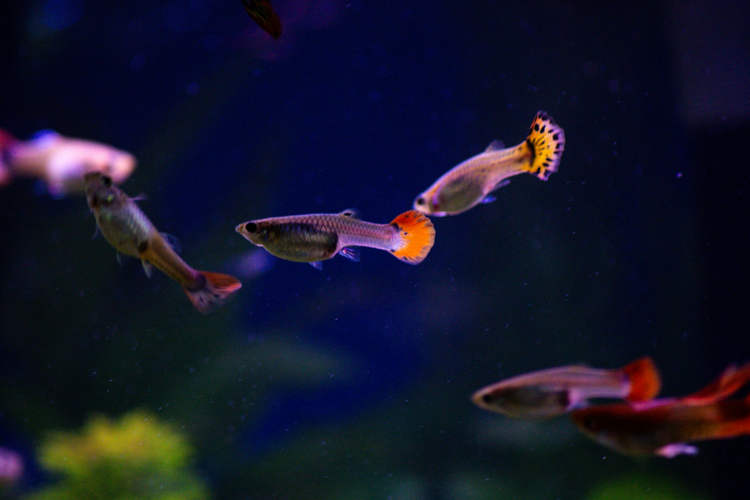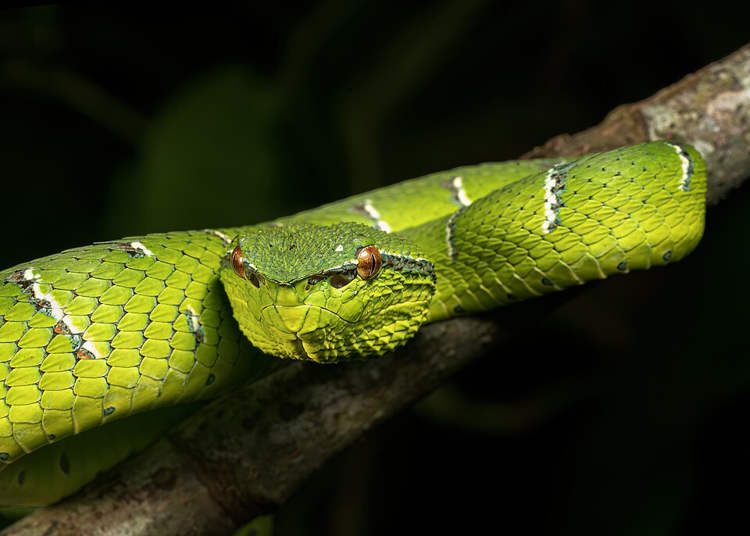The caterpillar of the Uraba lugens moth is deserving of the nickname “Mad Hatterpillar”, as it stacks the heads of its molted exoskeletons into an intriguing headpiece.
The Uraba lugens caterpillar molds up to 13 times while in its caterpillar phase, but it doesn’t shed all of its previous body parts. It uses some of the empty shells that once housed its head to create a rather impressive tower-shaped headpiece. As the caterpillar grows, so does its head, so each of the empty shells on top of its head is bigger than the next. Every time it molds, the head portion of its exoskeleton stays attached to its body, giving the critter a unique look as well as a handy decoy in the case of an attack.
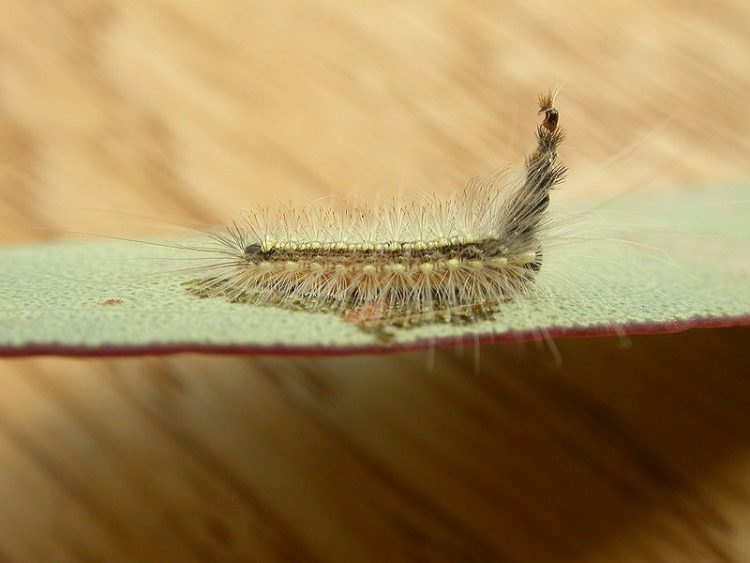
Photo: Donald Hobern/Flickr
Native to Australia and New Zealand, the Uraba lugens caterpillar stacks its molted heads into a towering structure that can reach 12mm tall, about half of its body length. In most cases, some of the smaller heads get dislodged from the caterpillar’s body over time, but it’s not uncommon to see caterpillars with at least five old heads stacked on top of each other.
Scientists believe that the main purpose of this bizarre stacked-head hat is to protect the caterpillar’s actual body against predators. One theory suggests that it makes the creature look more threatening than it actually is, while another is that the former heads merely provide a false target in case of an attack.
“They look bigger, so they’re more threatening and look more formidable to a potential predator,” Alan Henderson, wildlife manager of Minibeast Wildlife, told CNN. “Another theory is that it may provide a false target, so a predator such as a jumping spider or something that’s targeting a part of the animal might go for the wrong part. It gives the caterpillar a chance to get away.”
The Uraba lugens caterpillar is sometimes called the “gum-leaf skeletoniser”, because of its insatiable appetite. Armies of caterpillars will descend on eucalyptus trees, devouring the tender parts of leaves and leaving behind only the scavenged skeleton of veins and stems that are too hard for them to bite and chew.
In New Zealand U. lugens caterpillars have become such a plague that foresters have begun breeding wasps that infest themselves as parasites in the caterpillars, to keep their numbers in check.

